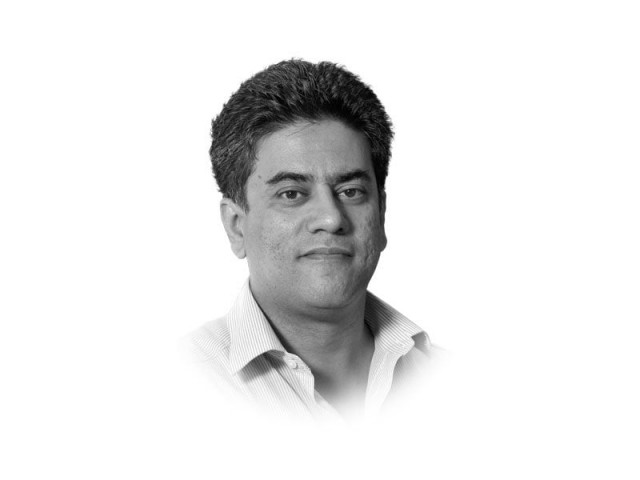Sindh up for grabs
Sindh has been at the opposite end - with the province being treated like an outcast

The writer is the former editor of The Express Tribune. He tweets as @tribunian
Historically, voters in Sindh have been most resistant to change - with droves voting for the Pakistan People’s Party since the ‘70s, which is seen as the home party in most rural areas of the province. The historic shift from Jamaat-e-Islami to the MQM in the urban areas of Sindh in the ‘80s is possibly the only visible change the province has seen in voting trends in the past three decades or so.
In comparison with a province like K-P, where the voter has thrown out with impressive consistency any party that did not deliver, the resistance to change in Sindh, or possibly the patience of the voter with those elected to power is somewhat impressive and disheartening at the same time.
Punjab has historically voted for the establishment - whether it was PML-N or PML-Q that the voters cast their ballots for. As a result, the province has benefited the most from the centre’s largesse. Sindh has been at the opposite end - with the province being treated like an outcast - ironically even when the Pakistan People’s Party ruled at the centre.
Now we are told that the winds of change are blowing in Zulfikar Ali Bhutto’s province. His legacy has been used by many but with no real benefit to the people. One of the major contenders to the new order seems to be the PTI. The party is about to end the first phase of its ‘mass contact drive’ after holding its last public gathering in this connection on May 24 in Kandh Kot area of Sindh’s Kashmore district. If you talk to a PTI supporter, the response is that of optimism. There are expectations that the party will make in-roads into the vote-bank of both the Bhuttos and that of Altaf Hussain in the urban areas.
Others term this wishful thinking. They argue that the PTI, which is seen as a party of outsiders, will not be able to garner much support in the rural areas of Sindh. The choice of Liaquat Jatoi has not helped matters. The one major advantage of PTI comprising comparatively clean politicians has also been nullified.
In the urban areas, the PTI may stand a better chance. But to expect that the MQM will put in a poor showing is somewhat unrealistic. The only way that the MQM will not be a political force in urban Sindh is if the party itself decides to boycott the elections, as it did in the past. The MQM’s voter base is very much intact and despite all its setbacks in the past year or so, the voter in urban Sindh sees it as the only option, much like the rural voter sees the PPP as the only serious contender.
To give it credit, the PTI was the second most polled party in the last elections in urban Sindh, despite the wide margins with which it had trailed behind the MQM. Possibly those margins will become less wide this time round. A lot has to do with the way the MQM makes its electoral strategy in the months to come.
With regards to the rural areas, it is the nationalist parties who have a better chance against the People’s Party. The PML-N has thrown its weight behind these parties, which may or may not be a good electoral strategy. While the PML-F has some sort of representation in Sindh, the PML-N has consistently performed poorly from this province. It is a shame that the PML-N which has been in power on and off since 1988 onwards, has been unable to make inroads in Sindh. That questions its credentials as a national party.
Despite the consistently poor governance of the PPP, what is believed is that this party will be given the mandate from Sindh yet again in 2018. In the last general elections, while the PTI was able to hold political rallies, both the PPP and the MQM were constrained because of the threat of terrorist attacks. This will not be the case in the coming elections hopefully. Given this, we are likely to witness some interesting scenarios in Sindh in the year to come.
Published in The Express Tribune, May 22nd, 2017.
Like Opinion & Editorial on Facebook, follow @ETOpEd on Twitter to receive all updates on all our daily pieces.














COMMENTS
Comments are moderated and generally will be posted if they are on-topic and not abusive.
For more information, please see our Comments FAQ